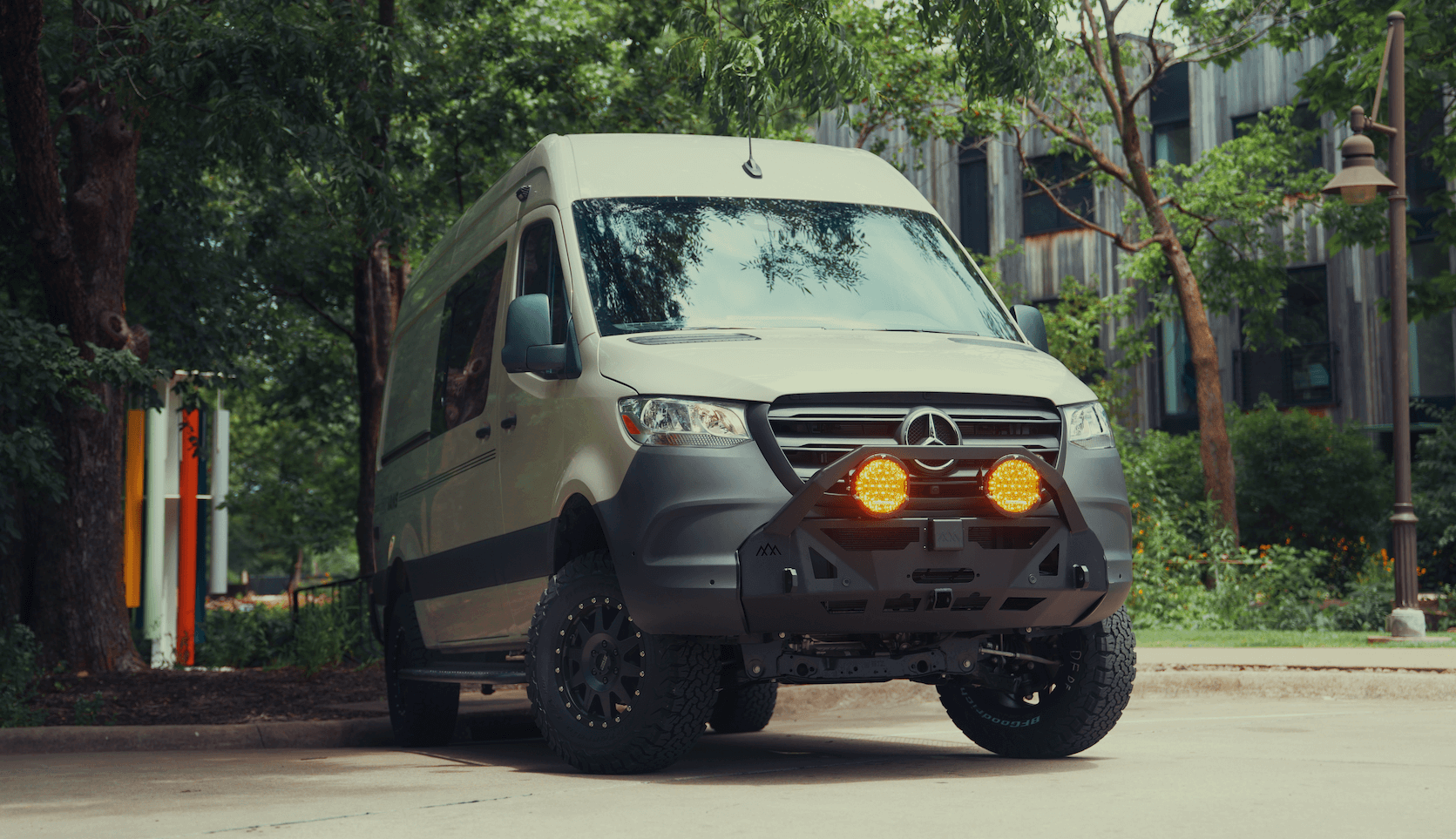Recreational Vans

A reliable cold zone is the backbone of storing food in a camper van. Compressor style 12 volt fridges hold steady temps even in summer heat, sip power compared to absorption units, and recover quickly after door openings. Aim to keep perishables at or below 40 F and frozen goods at 0 F. Use a wireless thermometer with a min and max history to verify real performance while driving and parked. Pack items so cold air can circulate, avoid warm air traps, and clean gaskets to maintain a tight seal.
Create zones inside the fridge. Raw proteins go low and cold on the bottom in leak proof containers. Dairy and ready to eat items sit mid shelf. Produce lives in a crisper with a vented divider to reduce bruising. If your unit has a small freezer, keep it fuller for thermal mass and store ice packs there to support pre chilling.
Pre chill both the fridge and the food at home. Load items already cold, add frozen water bottles as thermal batteries, and avoid stuffing warm leftovers into an already warm cabinet. Know your fridge draw in amp hours and match it with battery capacity, solar input, and charging from the alternator. Park in shade when possible and keep the fridge away from heat sources so it works less.
Dry storage carries the bulk of calories and does not require power, but it needs structure. Use rigid bins that lock, label them clearly, and secure them in cabinets so they cannot launch on rough roads. Choose airtight containers for grains, nuts, coffee, and baking staples to block moisture and odors. Rotate stock with first in first out so nothing hides in the back past its prime. Keep a small inventory list on the inside of a door to cut duplicate purchases.
Original bags split and leak in motion. Transfer foods to latching containers or mason style jars with gasketed lids. Add bay leaves to rice and flour as a natural deterrent. Wipe crumbs daily and never leave fruit peels or open snack bags out overnight to avoid attracting mice or insects at camp.
Vans breathe differently than houses. Use desiccant packs in bins and place a small, vented gap behind pantry panels to promote airflow and reduce condensation. After cooking, crack a window and run a roof fan to move steam out quickly. In humid regions, consider breathable baskets for produce like onions, garlic, and squash.
A little planning keeps both the fridge and the trash small. Build a core menu with overlapping ingredients so nothing lingers unused. Pre cook proteins, freeze flat in labeled portions, and stack them like file folders to maximize space. Choose dense, durable produce like carrots, cabbage, citrus, and apples for longer trips, and buy tender greens closer to the meal date. Pack spices in a compact kit and carry a small bottle of high heat oil plus a separate finishing oil.
Use bento style containers to separate meals for a few days at a time. Portion snacks to curb constant door opens. Vacuum sealing extends shelf life and reduces odors in the fridge. Keep a hot and cold cutting board set to avoid cross contamination, and sanitize surfaces with a mild bleach solution when handling raw foods.
Wash berries in a diluted vinegar bath, dry completely, and keep them in ventilated containers. Do not refrigerate tomatoes or bananas until fully ripe. Wrap leafy greens in a towel inside a perforated bag to balance humidity. Store ethylene heavy fruits like apples away from greens to prevent premature wilting.
Food safety depends on time and temperature. Perishables should not sit in the danger zone above 40 F for more than two hours. Use a probe thermometer to ensure cooked foods reach safe internal temps and cool leftovers quickly in shallow containers before refrigerating. Keep a dedicated hand wash setup with soap, a catch basin, and paper towels. At camp in bear country, follow local regulations and use approved storage options.
Practical organization matters as much as gear. Install positive latches so doors stay shut on washboard roads. Add soft close hardware to cut rattles and protect containers. Consider a slide out pantry that brings items to you without crawling on the floor. Light the galley with warm task lighting so you can see labels at night without attracting bugs.
If your travel style includes long off grid stretches, a well designed galley and power system make storing food in a camper van predictable instead of stressful. Purpose built cabinetry, efficient 12 volt refrigeration, and balanced battery and solar keep the cold chain intact while you explore.
OZK Customs builds vans around how you cook and store food, from secure pantries to integrated fridge ventilation and cleanable surfaces. Explore our recreational vans to see how we approach real world travel kitchens. If you want a ground up layout, start with our custom build van. Shoppers seeking a finance friendly platform can review our mainstream vans options.
Your van kitchen should feel calm, clean, and capable. OZK Customs designs practical galleys, installs efficient fridges, and secures storage so your food stays safe on every mile. Share your cooking habits and trip plan, and we will build the right system for you.
Ready for a kitchen that works as hard as you travel? OZK Customs designs secure galley layouts, installs efficient 12 volt fridges, and dials in power so your food stays safe off grid. Tell us how you cook, and we will build the system you need. Start your plan today.
ADDRESS:
6159 E Huntsville Rd, Fayetteville, AR 72701
PHONE:
(479) 326-9200
EMAIL:
info@ozkvans.com